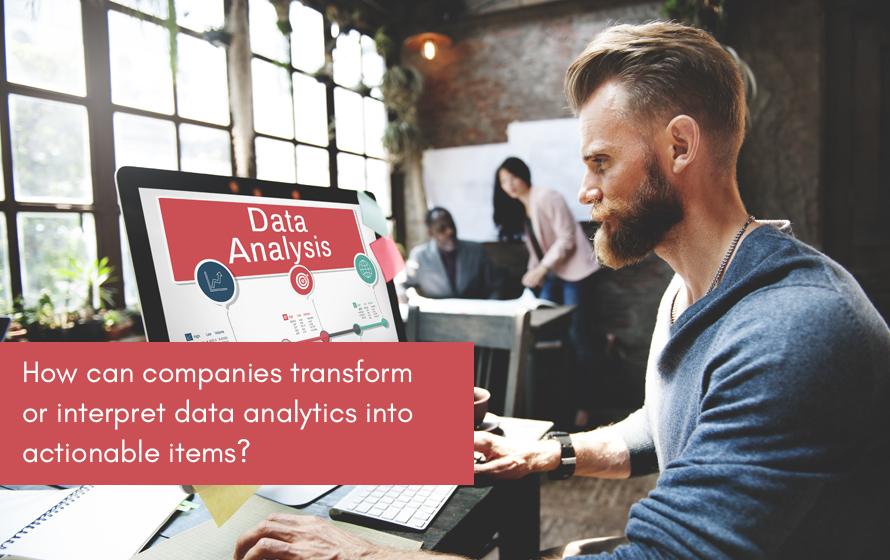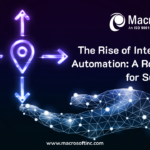

Making intelligent use of data have often baffled businesses. Data-centric approach is the key to improve the performance of any business process. Ever increasing pressure to grow and innovate will automatically put the data and system at the core of any business. An important challenge faced by organizations will be putting the system in place to collect and analyze data that leads to better decision making.
So how can companies transform or interpret data analytics into actionable items? According to Burak, a solution architect at Macrosoft and proficient in building data analytics solutions, one should follow a scientific approach when it comes to deriving intelligence from data using analytics. There are certain techniques one needs to follow to reach the right analytical framework. Key here is in applying the large amounts of raw data to the correct analytics to extrapolate powerful insights.
Big Data revolution has led to the emergence of different types of data analysis with the dominant ones answering the questions “What has happened?”, “Why it is happening?”, “What could happen?”, “What should we do?”.


Watch this video on YouTube
“What has happened?” is in the past and termed as Descriptive Analytics. It is the summary of what exactly happened in the past based on the results of data mining. Summarized data is interpreted to understand different aspects of the business. This is where analysts get to view and align the key performance indicators to their business objectives. The main intention of descriptive analysis is to find out the reason behind the success or failure in the past and how it will impact the future.
Diagnosing the root cause of the problem is the next step that answers the question “Why it is happening?”. This is termed as Diagnostic Analytics. By drilling down the descriptive data, it is possible to isolate the reasons for the outcomes, which are usually reported in an analytical dashboard.
“What could happen?” is in the future and termed as Predictive Analytics. It is all about forecasting the likelihood of an event happening in the future. Various statistical and machine learning algorithms are used for accurately predicting the likelihood of a future outcome. Algorithms fill in the gaps in the missing data with the best possible outcomes and use historical data to arrive at patterns that have a relationship with what is likely to be predicted. Being able to predict allows one to make better decisions that impact the future of the business.
“What should we do?” is in the present and termed as Prescriptive Analytics. Here we utilize the information from “what has happened”, “why it has happened” and “what could happen” to determine the best course of action for any pre-specified outcome. A combination of data, mathematical models and various business rules when combined with different optimization techniques are used to create prescriptions for the business problems. Prescriptive analytics advices on possible outcomes resulting in actions that bring about the best possible decisions impacting the business.
It is a known fact that most companies are struggling to identify the key performance indicators and often end up reporting random set of metrics that do not yield any insight. Identifying the key outcomes are critical to any organization to stay on top of the information that matters the most. Data analytics allows to expose relations in data by combining quality data in meaningful ways and figuring out patterns that explore the unknown.
Each type of analytics offer different insight that could bring varied value to a business. Companies must apply them in ways tailored to meet their individual business needs. Breaking down complex data sets to actionable intelligence allows to uncover patterns that offer richer insight into various hidden aspects of an organization. With these advanced data analytical techniques companies can quickly respond to emerging market trends and improve operational efficiency with accurate decision making.
By Ronald Mueller | November 7th, 2017 | Process Automation
Recent Blogs


Advantages of Technology and IT Companies Partnering with Staffing Firms Offering Visa Sponsorship
Read Blog

CCM in the Cloud: The Advantages of Cloud-Based Customer Communication Management
Read Blog

The Rise of Intelligent Automation: A Roadmap for Success
Read Blog


 Home
Home Services
Services




































